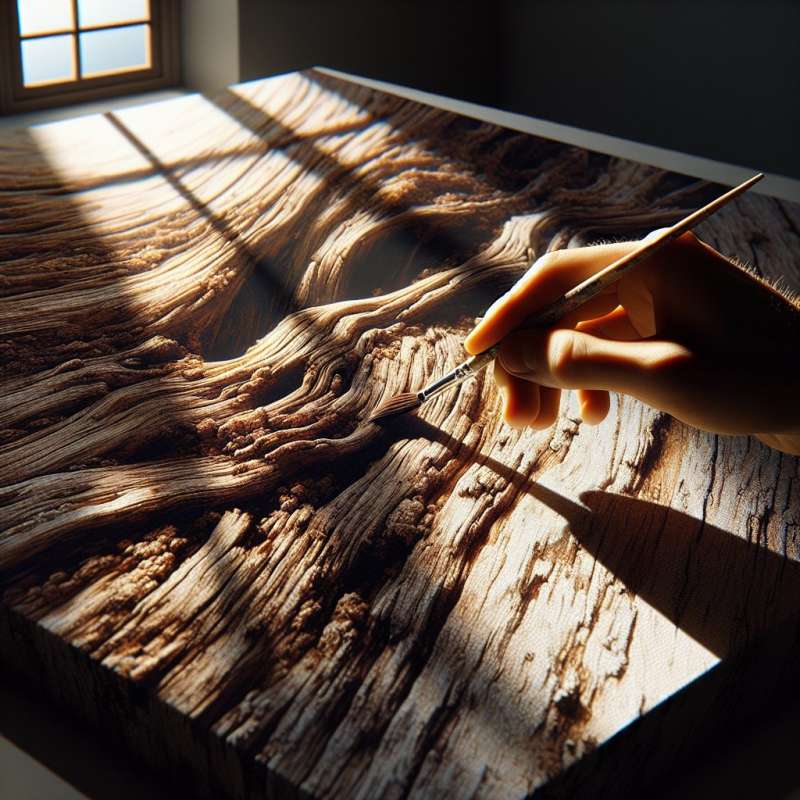
Texture Fundamentals
Texture in art stimulates senses beyond sight. It's the perceived surface quality, both tactile and visual. Artists use texture to add depth, interest, or balance elements within a composition, ranging from smooth and soft to rough and dynamic.
Visual vs. Actual Texture
Actual texture can be felt physically, like brushstrokes on canvas. Visual texture, however, is an illusion created by the artist to depict an experience. Trompe-l'œil paintings deceive the eye with realistic textures that are purely two-dimensional.
Pattern: Repetition and Rhythm
Patterns are repetitions of a design, creating rhythm within artwork. They can be regular or irregular, leading to predictability or surprise. Patterns help to organize surfaces, often imparting movement and guiding the viewer's eye throughout the art piece.
Texture in Different Media
Different art mediums offer unique textural opportunities. In sculpture, texture is integral; in drawing, artists imply texture through shading and line work. Digital art creates texture using software, expanding possibilities beyond traditional tactile limitations.
Historical Texture Use
Texture has ancient roots. Egyptians used chiseled textures in hieroglyphs to create shadows. During the Renaissance, artists like Leonardo da Vinci mastered sfumato, using delicate shading to produce soft transitions, resembling smooth textures.
Psychology of Texture
Textures evoke emotional responses. Rough, jagged textures might convey chaos or discomfort, whereas smooth textures often elicit calmness. Psychologically, artists can manipulate textures to evoke specific feelings in the viewer, creating a silent but powerful dialogue.
Innovative Textures
Contemporary artists push boundaries by creating new textures with non-traditional materials like plastics, electronic components, or recycled goods. Anselm Kiefer, for instance, incorporates straw, ash, and clay to give historical depth to his paintings.Edible Art Textures
Some artists create hyper-realistic food art, where the texture is so convincing that viewers mistake it for actual edible items.
What does texture in art stimulate?
Only visual senses
Senses beyond sight
Hearing and smell
Company